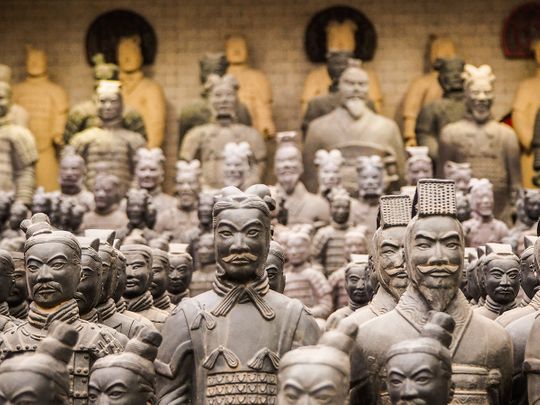
It’s a difficult impulse to ignore – whether it’s a piece of wood, a block of stone or a mound of wet clay, humans will fashion something out of it.
Click start to play today’s Spell It, and make the word “statue” – one of 45 you can create.
Statues, and even remains of them, can tell us a tremendous amount about the people who built them. They offer a glimpse into the artist’s mind, and into his wider community and the era he lived in. Here are a few famous statues from around the world:
1. The Great Sphinx of Giza
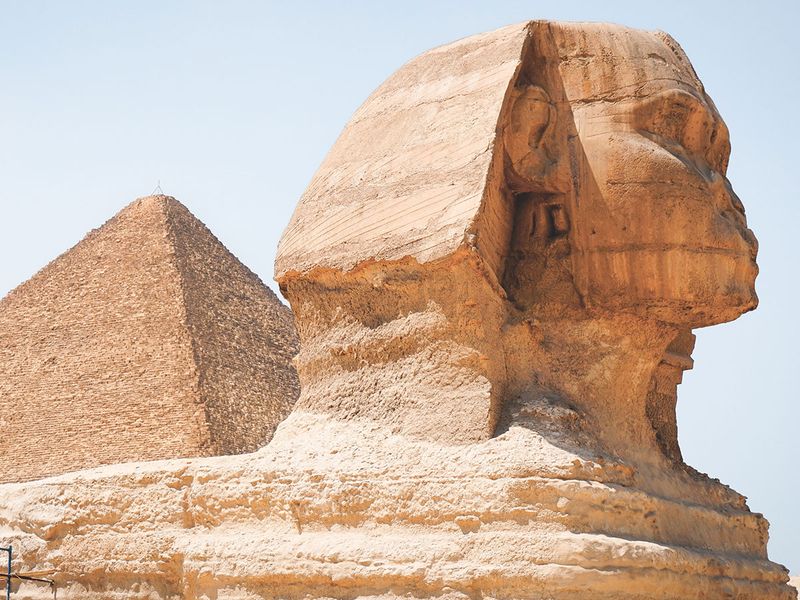
One of the most iconic symbols of ancient Egypt, it was carved from the bedrock of the Giza Plateau. Most scholars date its construction to the reign of the pharaoh Khafre, in roughly 2500 BC. The earliest name for it appears on the Dream Stele of pharaoh Thutmose IV, erected in 1401 BC, where the Sphinx is given a name – Hor-em-akhet or Horus of the Horizon, a solar deity. Not much else is known about the Sphinx, but its mysterious presence continues to give us a glimpse of ancient Egypt.
2. Terracotta Army
One of the most famous archaeological discoveries of all time, the life-sized Terracotta Army (pictured above) guards Chinese emperor Quin Shi Huang’s body in a large mausoleum complex in Xi’an, China. An artistic marvel, each soldier has a unique facial design and expression, and was positioned according to rank. There are more than 8,000 of these statues, which were found buried in trench-like corridors alongside large clay horse sculptures hitched to wooden chariots.
3. Pietà
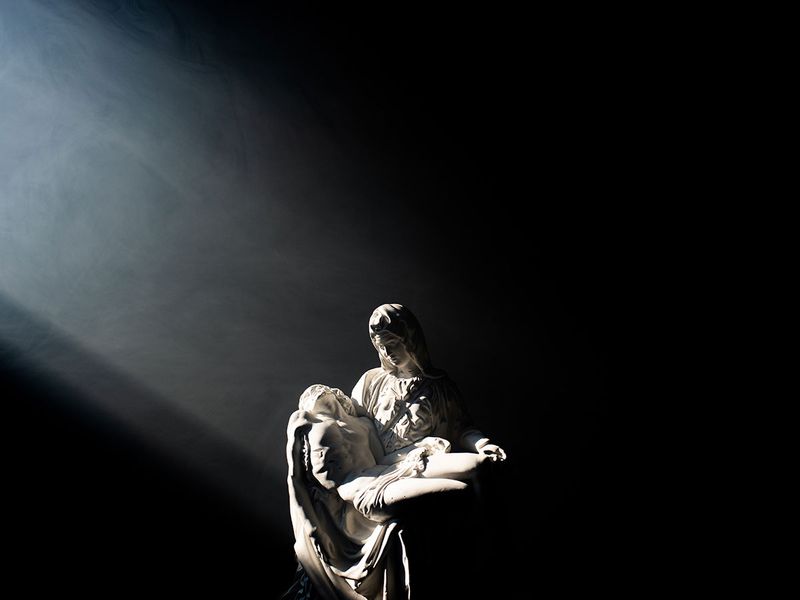
Universally acknowledged to be one of the most moving Renaissance sculptures ever produced, Italian artist Michelangelo’s Pietà set him on the path to greatness. Commissioned in 1497 by Cardinal Jean de Bilhères for his future tomb, the statue was completed in 1499 when Michelangelo was just 24 years old. The sculpture remains at St. Peter’s Basilica in Vatican City.
4. David
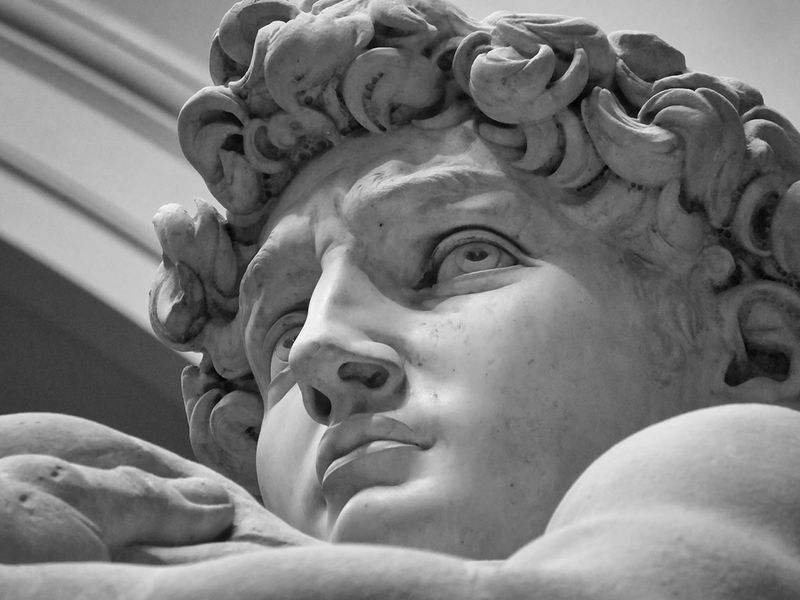
The Pietà may have launched Michelangelo’s career, but David secured it. When Michelangelo returned to his hometown of Florence, in Italy, from Rome, in 1501, he was commissioned to carve a statue of David from the Bible to adorn the exterior of the Florence Cathedral. Unlike traditional depictions at the time, Michelangelo’s David is shown before his epic battle with Goliath, armed with his slingshot and a stone, staring into the distance. The statue remains in Florence, Italy.
5. The Motherland Calls
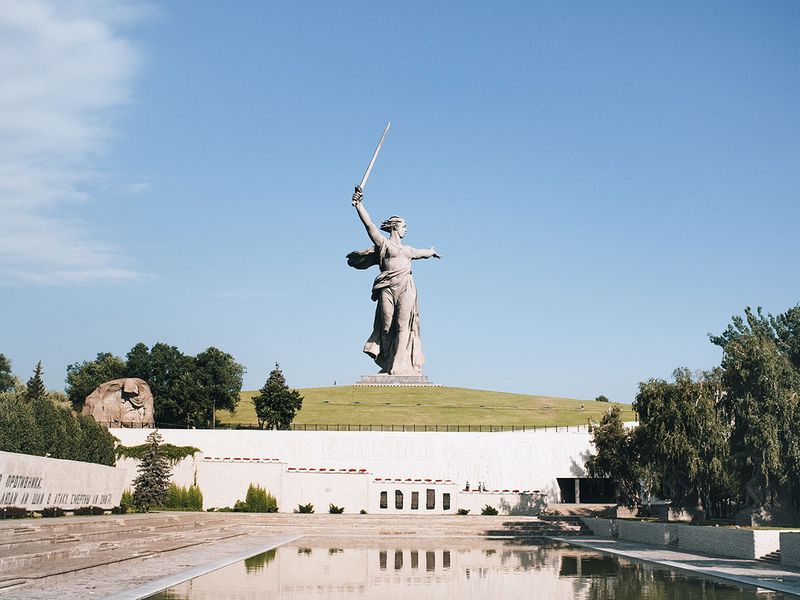
A great example of Soviet-era art, The Motherland Calls sits on the summit of Mamayev Kurgan, a hill overlooking Volgograd, Russia. It’s part of a memorial complex built to commemorate the World War II battle of Stalingrad, which turned the tide of the entire war. From August 1942 to February 1943, Russian soldiers and citizens held their ground against invading Nazi forces, and were eventually able to starve the Germans out during the harsh winter months. Volgograd’s memorial complex is called “Heroes of the Battle of Stalingrad” and honours the efforts of those involved during those perilous 200 days. Construction of The Motherland Calls was completed in 1967, when it became the tallest statue in the world. Today, although other statues have beaten that record, it still remains the tallest statue of a woman in the world.
Play today’s Spell It and let us know if you enjoyed it at games@gulfnews.com.



